Casa Roca



Casa Roca was born from that visual inspiration. Its curved skin of exposed concrete surrounds the three sides of the construction and offers a cozy privacy in its interior spaces. Windows appear from this solid skin giving birth to beautiful views into the nearby mountains.
EFE wanted to explore to the maximum the plasticity of concrete, a challenge that led its architects to highlight the curves and textures in several scales. Rustic wood form-work was made to form the textured concrete, and in some areas the material was polished. A drawing was made during this exercise and from it the sculptural mural on the facade was born.
Those who enter Casa Roca will notice the calming sensations of interior spaces, as opposed to what happens outside in the dense residential neighborhood full of speed and daily entropy. Here we travel to a sanctuary where rest and intimacy presume its dominance in the space composed of white walls, wood and vegetation, and of course, the exposed concrete.
Materials are characterized by their purity. They were treated without coverings in order to give dignity to the constructive system. You can feel how ventilation and light enter through various vanishing points, easily, subtly, as if entering a natural environment inside the house.
The area of the living room and dining room is what we call the heart. They share a double height space located in the center of the floor plan. Ten meters by nine meters. Without columns. Through the use of a lightened floor slab poured on smooth rectangular pieces of formwork, it was possible to recreate this magical atmosphere. The ceiling, a constant texture through the house, becomes an element of decoration, a gift of the material that shows an infinite variety of shapes.
We continue in the heart and here we have the stairs, another piece worth taking the time to enjoy detail and aesthetics. "The jewel of the house", as architect Felipe Escudero calls it. It is a curvilinear sculpture of wood suspended in space with only two points of support. The stairs are connected on the second floor with a wooden bridge that separates the master bedroom from the other bedrooms. This bridge is a transition between the private spaces of the house, full of vegetation with plant pots that include a system of irrigation and intelligent drainage.
The hug culminates in the rear façade, which opens onto the patio with floor-to-ceiling windows. When they are opened, they hide in wooden pockets and reveal the lack of boundaries between the inside and the outside. The exterior, on the other hand, contrasts in character with the rest of the house. Here, where the social activities happen, the space is protected by lateral walls and 25 meters of a cantilever that isolates the space from exterior sound and wind. This is where the weekend barbecues and various festive ceremonies, typical of many Latin American cities, can happen.
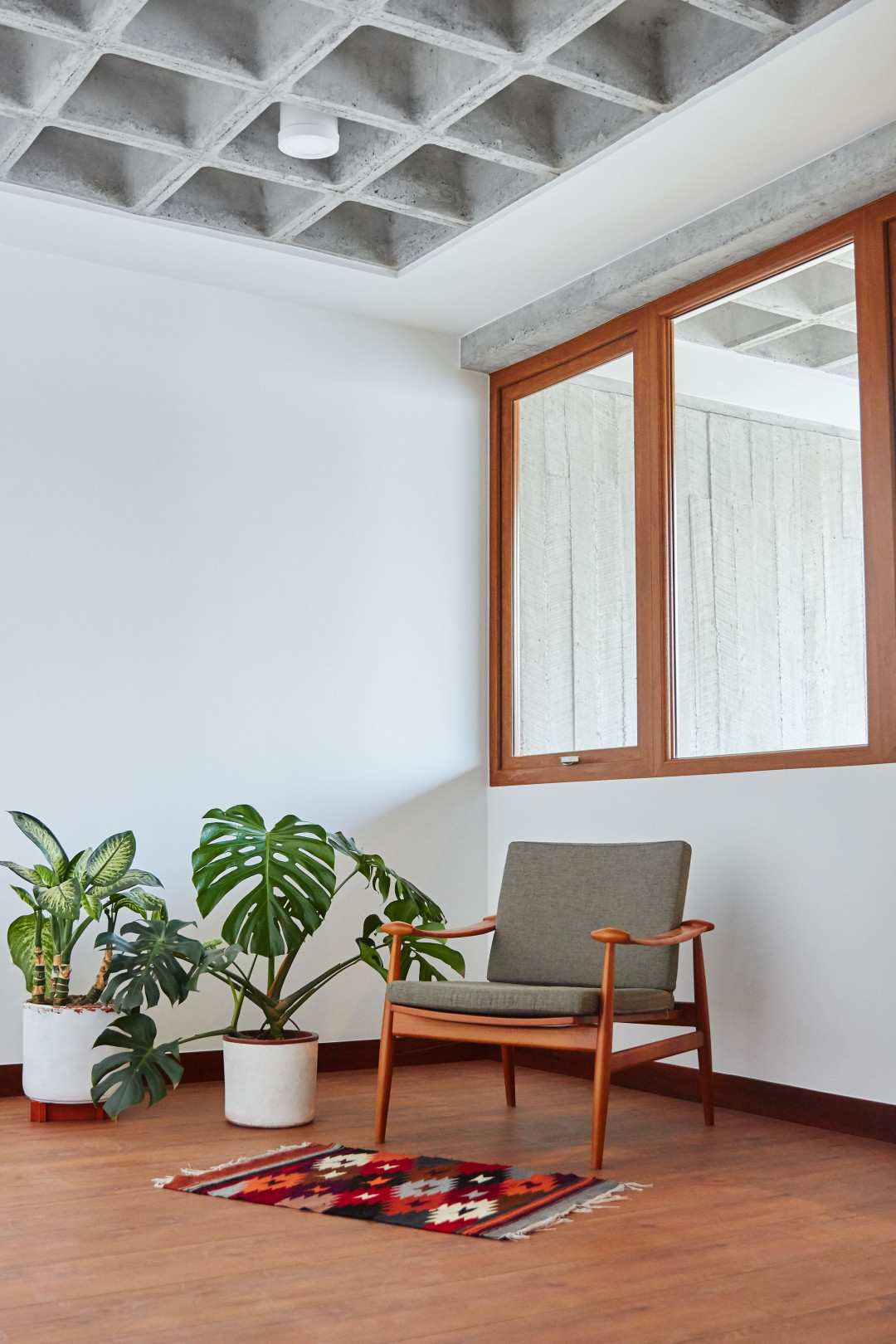
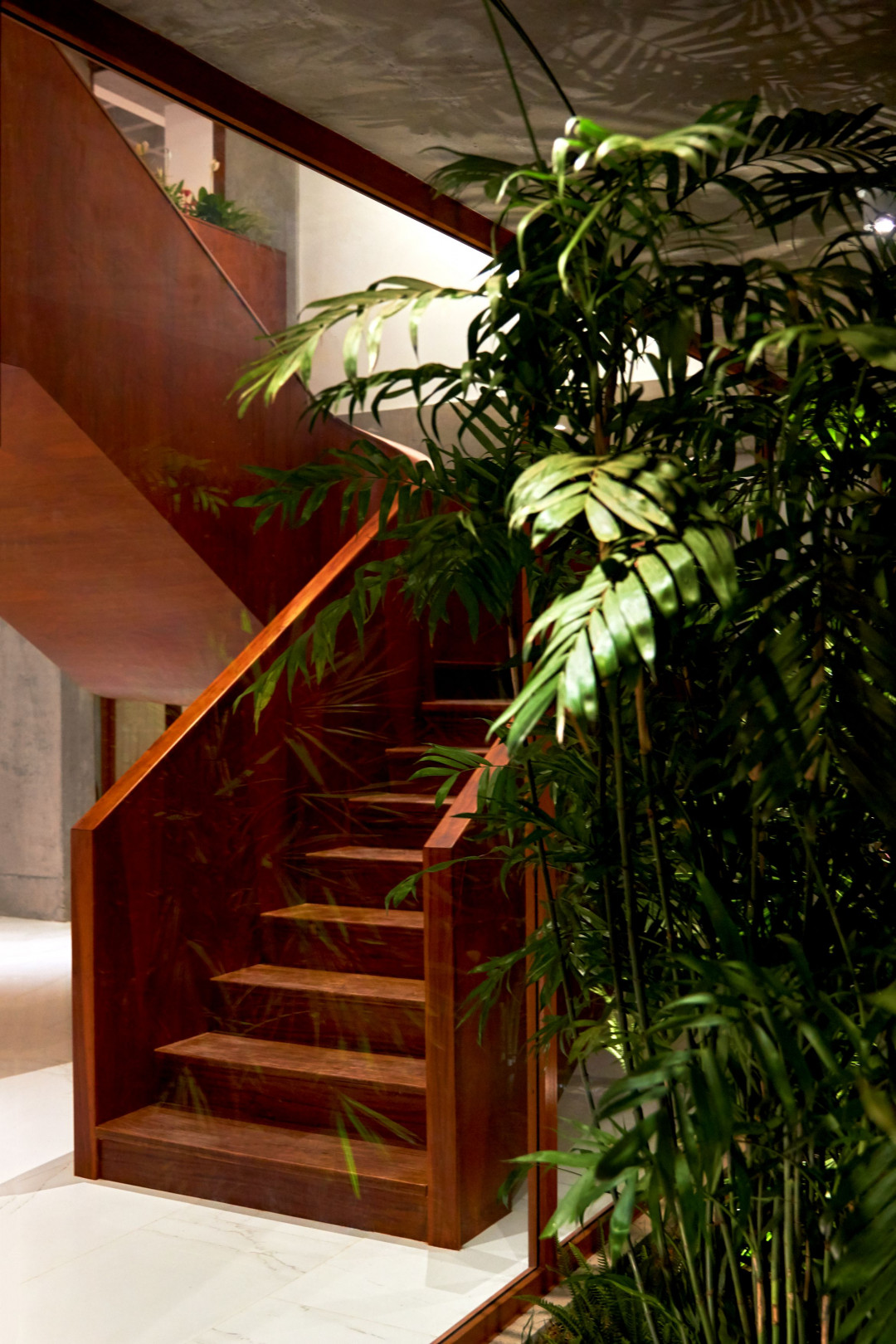
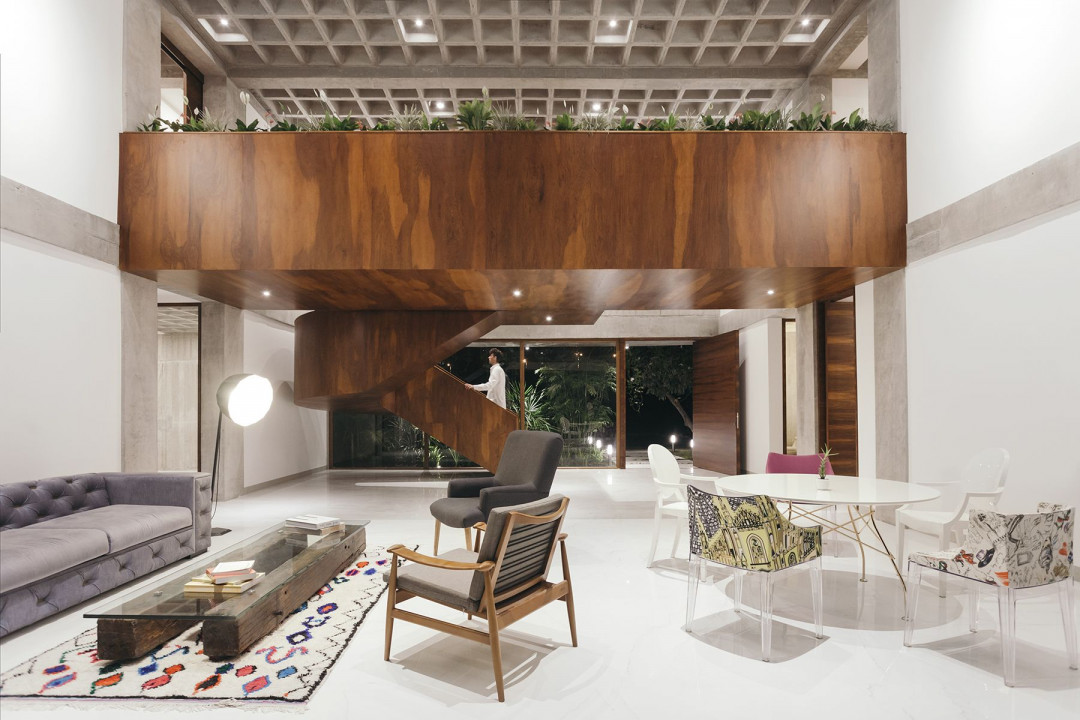
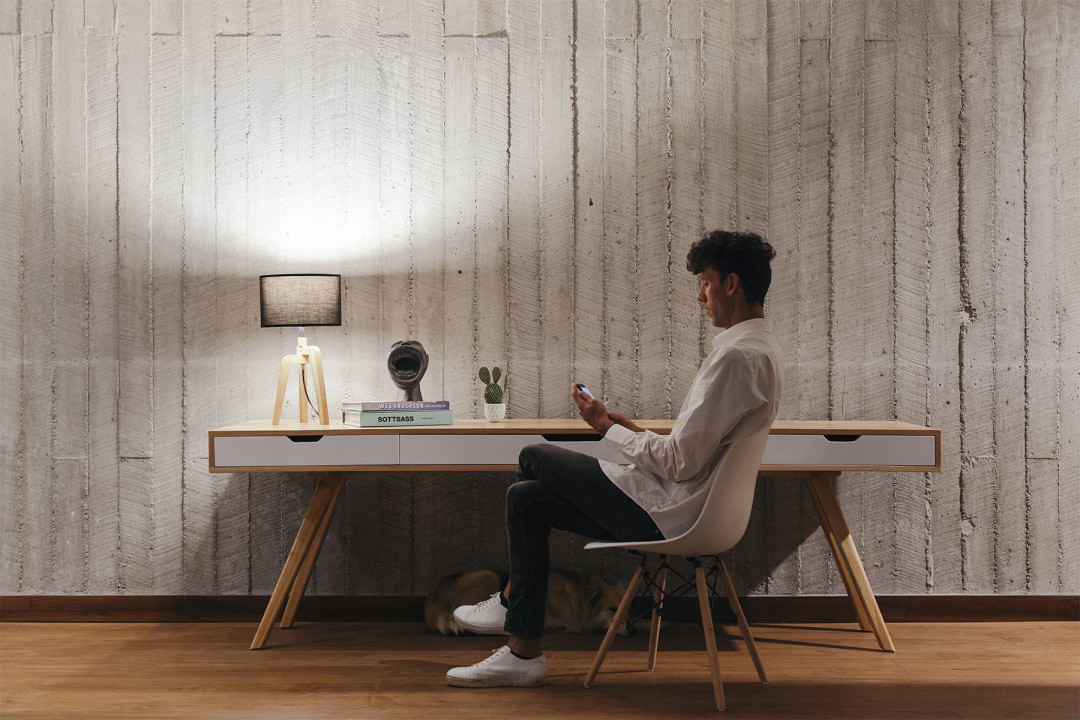
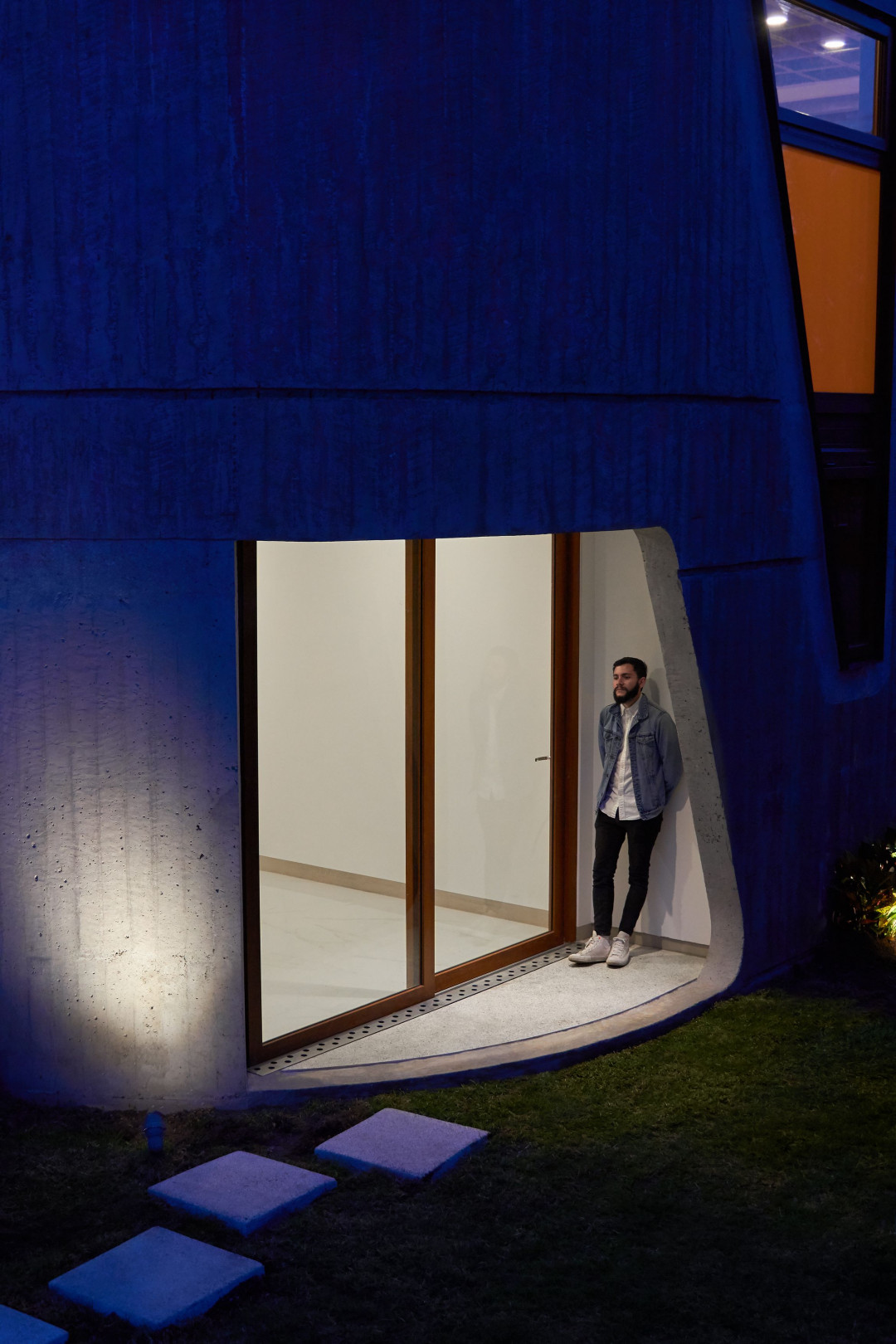
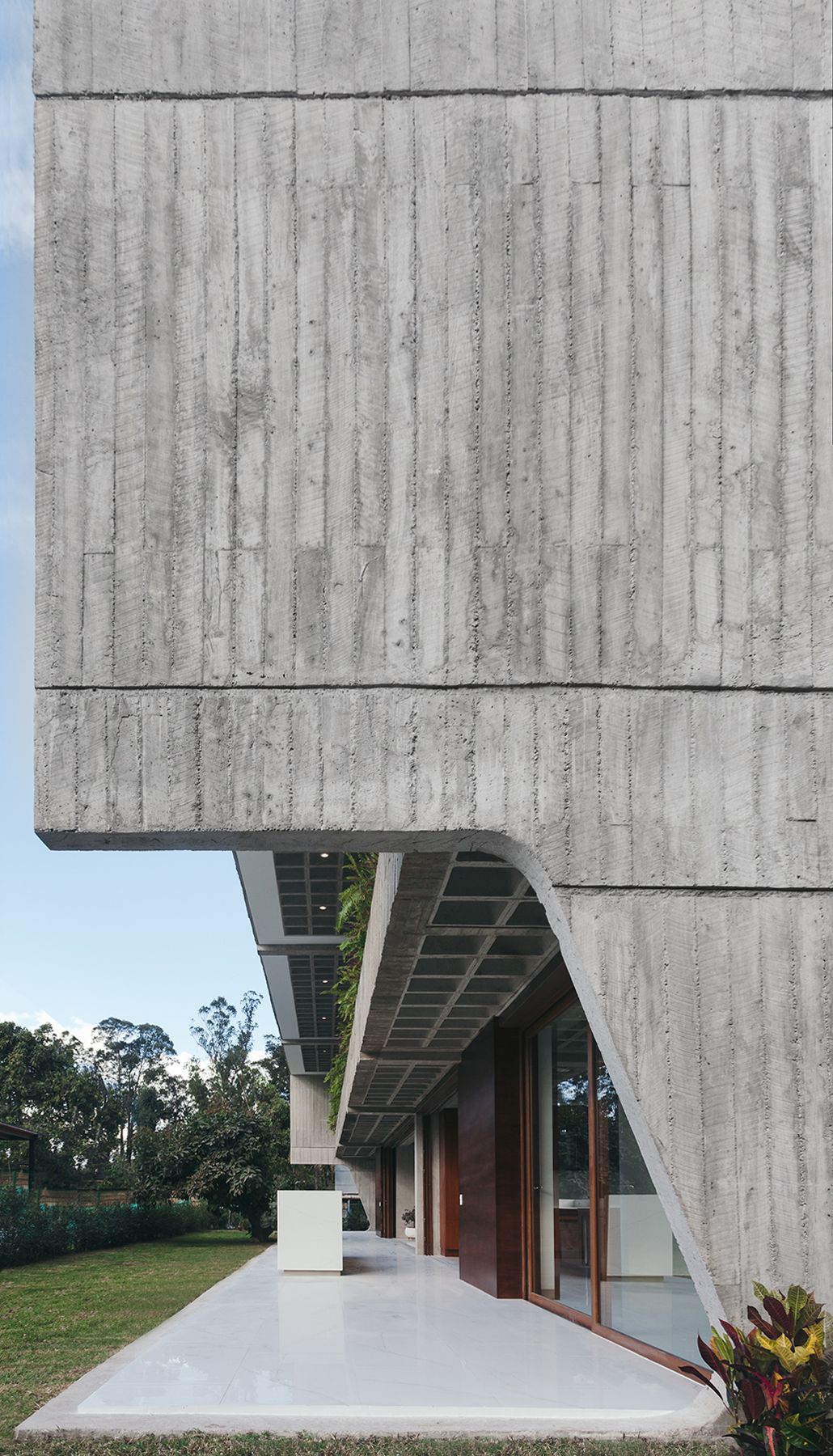
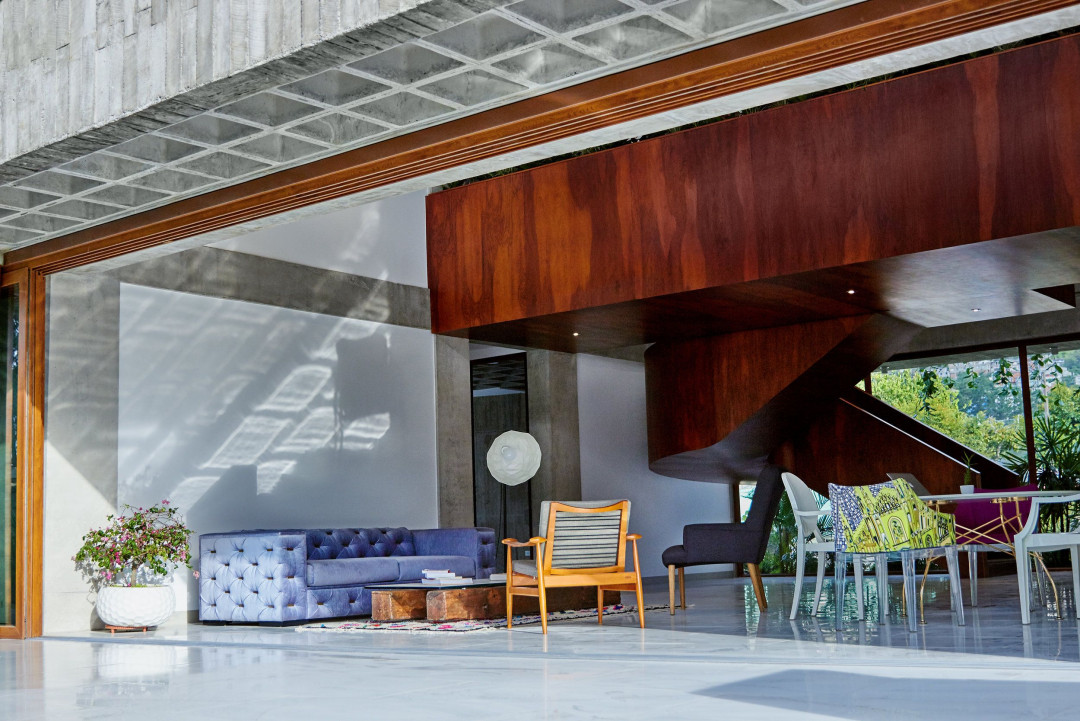
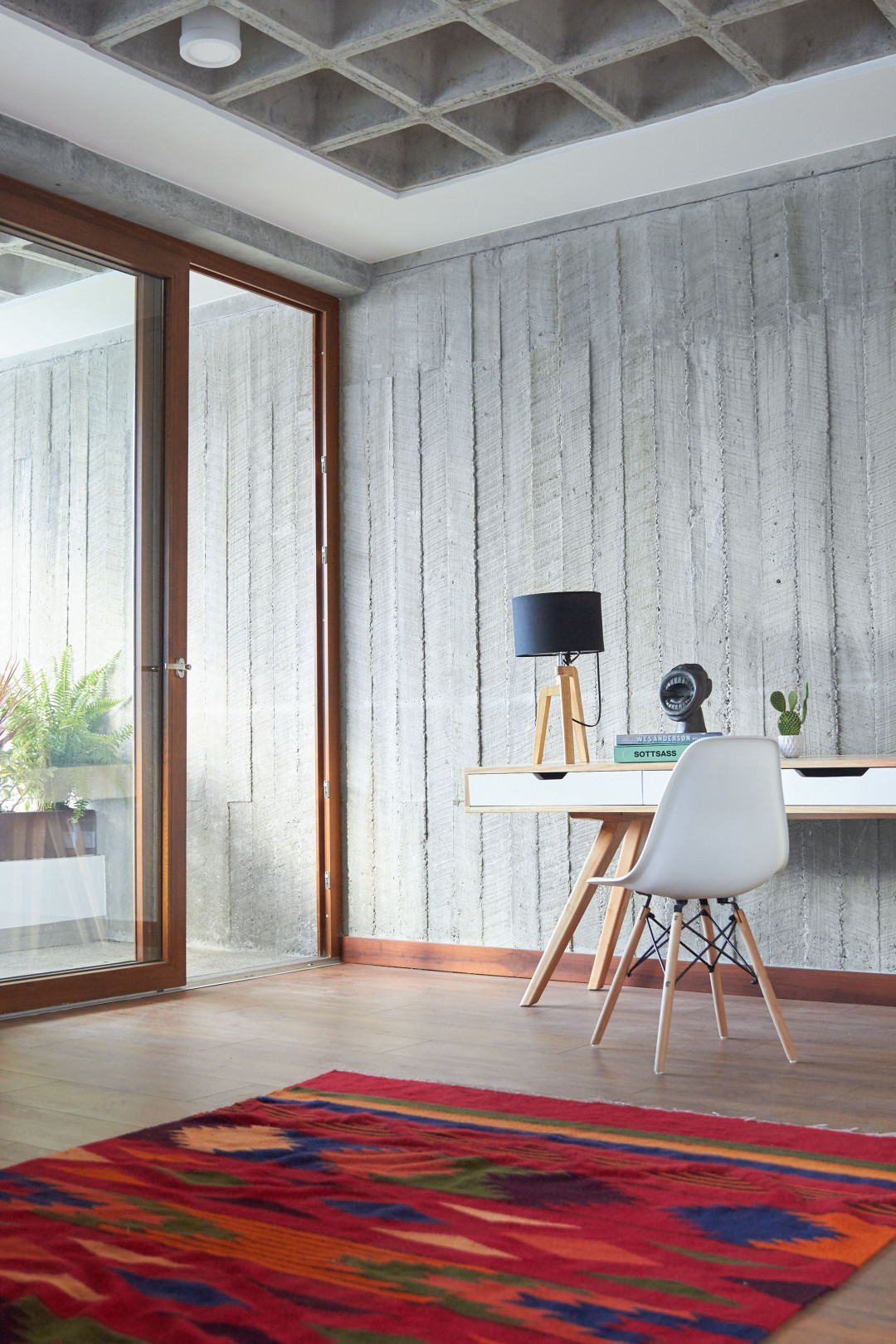
.jpg)
This article originally appeared in felipeescudero.com









 Indonesia
Indonesia
 Australia
Australia
 New Zealand
New Zealand
 Philippines
Philippines
 Singapore
Singapore
 Malaysia
Malaysia







